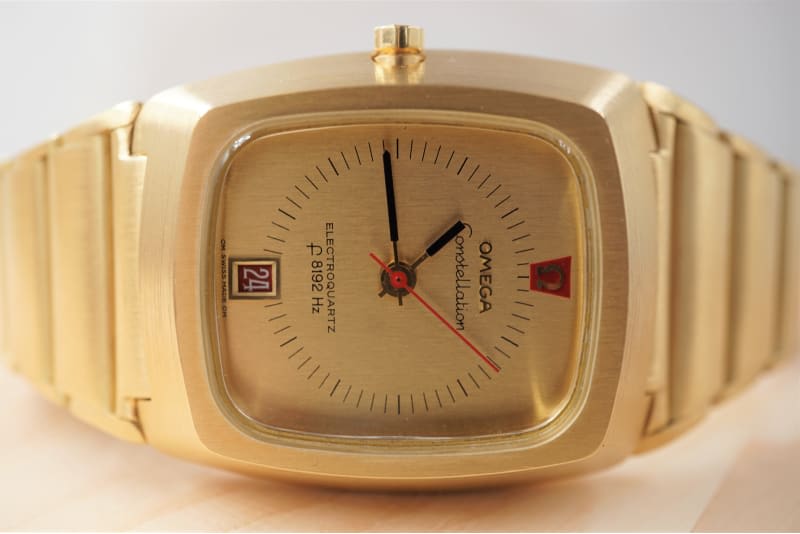Yes, we all know: until 1970 the gold price was fixed at USD35 by the United States Federal Reserve, the US central bank: It bought and sold a troy ounce fine for this price. For different reasons this was not possible to hold and so the fix of the USD to this asset was removed 1970 and the price of course now fluctuated according to the general laws of a market. And maybe fluctuation is not the correct term, because it steadily rose to USD70 in 1972, almost USD200 in 1974 and peaked in 1980 at more than USD840.
Nothing new in this story and it doesn't sound spectacular, sure. But let me try to bring this into perspective and relation to watches. First of all, one has to understand the real price of USD840 in 1980 was something different than the same sum today -- depending on the selected change in price level this translates to something between USD2'000 and USD8'000 today. But more important than the absolute price was the change in price -- from USD35 to USD840 in just ten years, a 24-folding. When just looking at the sheer number of 24 times the price it was ten years ago, then one can easily understand why any manufacturer that used gold in his production at that time became... lets say nervous. And needless to say, that even at a price of USD840 nobody could say for sure that it was the peak or one wouldn't see another 24-folding until 1990 -- to call USD840 the peak, is of course only possible in hindsight.
We will close the first part of "Gold & Watches" here and you should understand this as a teaser, an appetizer or an inspiration to pull the implications by yourself to better understand developments aside from folklore and marketing. And setting these facts into relation to the watch industry and its innovations in 2nd part will probably change your view of it fundamentally.
